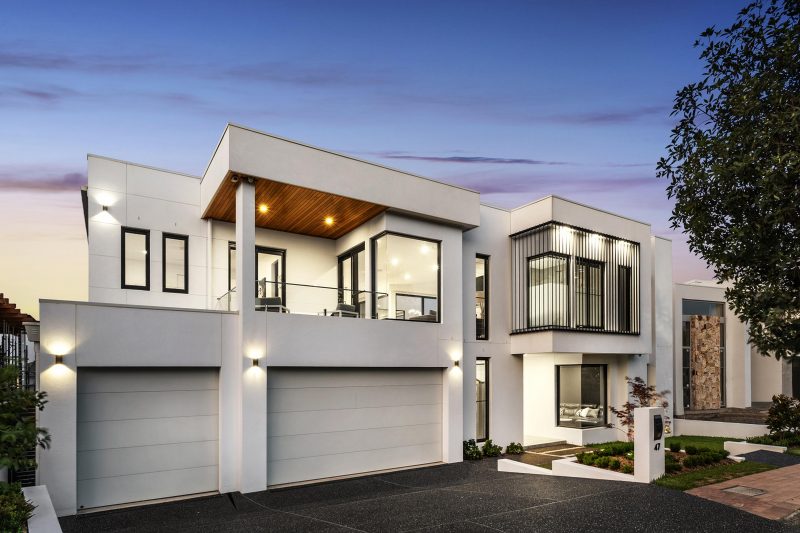Australia, known for its stunning landscapes and vibrant cities, also boasts a robust luxury real estate market that has attracted both domestic and international investors alike. The dynamics of this market are influenced by a variety of factors ranging from economic conditions to global trends in luxury living. This article delves into the intricacies of property values and trends within the Australian luxury real estate sector, providing a comprehensive overview for investors, buyers, and enthusiasts alike.
Overview of the Australian Luxury Real Estate Market
The term “luxury” in real estate often denotes properties that offer exclusivity, exceptional quality, and unique features. In Australia, luxury properties are typically found in prime locations such as Sydney, Melbourne, Brisbane, and the Gold Coast, where proximity to amenities, waterfront views, and architectural distinctiveness play significant roles in determining their value.
Key Features of Australian Luxury Properties:
- Location: Prime waterfront locations, proximity to city centers, and views of iconic landmarks like the Sydney Opera House or Melbourne skyline command premium prices.
- Architecture and Design: Contemporary architecture, eco-friendly designs, and integration of smart home technology are increasingly valued by luxury buyers.
- Amenities: Private pools, expansive outdoor spaces, high-end kitchens, and advanced security systems are standard features in luxury homes.
- Exclusivity: Gated communities, private estates, and properties with extensive acreage provide a sense of privacy and exclusivity.
Factors Influencing Property Values
Several factors contribute to the fluctuation and growth of property values in the Australian luxury market:
1. Economic Conditions:
- Interest Rates: Lower interest rates stimulate demand by making mortgages more affordable.
- GDP Growth: Economic expansion correlates with increased consumer confidence and higher spending on luxury goods, including real estate.
- Currency Strength: Foreign exchange rates impact demand from international buyers, particularly from Asia and Europe.
2. Market Demand and Supply:
- Supply Constraints: Limited availability of prime land and strict zoning regulations restrict new developments in desirable areas, maintaining property values.
- Demand Drivers: Changing demographics, lifestyle preferences, and migration patterns influence demand for luxury properties.
3. Global and Local Events:
- Geopolitical Stability: Political stability and economic policies affect investor sentiment and capital inflows.
- Pandemics and Crises: Events like the COVID-19 pandemic may temporarily disrupt markets but can also shift preferences towards properties offering more space and privacy.
4. Infrastructure and Development:
- Transport Connectivity: Proximity to public transport hubs and major highways enhances property desirability.
- Urban Renewal: Redevelopment projects and infrastructure improvements in urban areas can uplift surrounding property values.
Regional Insights into Australian Luxury Markets
1. Sydney:
- Harborfront Properties: Sydney’s waterfront properties, such as those in Darling Point and Point Piper, command some of the highest prices due to their stunning views and proximity to the CBD.
- Exclusive Suburbs: Suburbs like Mosman and Vaucluse offer prestigious addresses with luxurious homes favored by wealthy buyers.
2. Melbourne:
- Inner-City Appeal: Areas like Toorak and South Yarra feature historic mansions and modern penthouses, attracting affluent buyers seeking cosmopolitan living.
- Cultural Amenities: Proximity to cultural institutions and high-end dining enhances property values in areas like East Melbourne and Fitzroy.
3. Brisbane and Gold Coast:
- Waterfront Living: The Gold Coast’s beachfront properties and Brisbane’s riverfront homes appeal to buyers seeking a relaxed lifestyle combined with urban conveniences.
- Resort-style Living: Gated communities and residential resorts offering golf courses and marinas are popular in Sanctuary Cove and Hope Island.
Trends Shaping the Future of Australian Luxury Real Estate
1. Sustainable Living:
- Green Features: Demand for eco-friendly homes with solar panels, rainwater harvesting systems, and energy-efficient appliances is rising among environmentally conscious buyers.
- Certifications: Properties certified for sustainability (e.g., LEED, Green Star) attract premium prices and appeal to a growing niche market.
2. Technology Integration:
- Smart Homes: Integration of AI-driven systems for security, lighting, and climate control enhances convenience and security, appealing to tech-savvy buyers.
- Virtual Reality Tours: Virtual reality (VR) and augmented reality (AR) tours facilitate remote viewing and decision-making, especially for international buyers.
3. Shifts in Lifestyle Preferences:
- Home Offices and Flexible Spaces: The rise of remote work has increased demand for properties with dedicated home offices and flexible living spaces that can adapt to changing needs.
- Wellness Features: Properties with gyms, spa facilities, and wellness gardens cater to buyers prioritizing health and well-being.
4. Rise of Mixed-Use Developments:
- Integrated Communities: Mixed-use developments combining residential, retail, and recreational facilities offer convenience and a sense of community, appealing to discerning buyers seeking a holistic living experience.
Conclusion
The Australian luxury real estate market remains an attractive investment opportunity driven by unique geographical advantages, economic stability, and lifestyle appeal. Understanding the nuances of property values and emerging trends is crucial for investors and buyers aiming to capitalize on the market’s potential. Whether it’s Sydney’s iconic harborfront properties, Melbourne’s historic mansions, or the Gold Coast’s beachfront estates, each region offers distinctive opportunities shaped by local dynamics and global influences. By staying informed and adaptable to evolving trends, stakeholders can navigate the complexities of the luxury real estate market in Australia with confidence and foresight.

